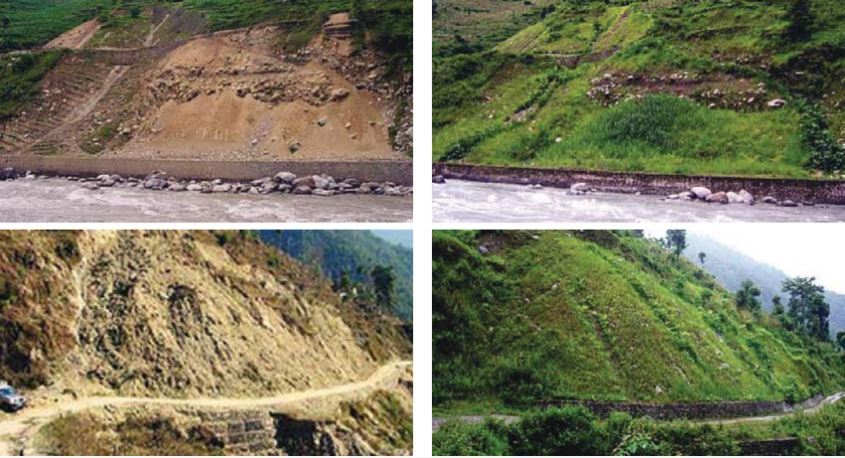A new report from the Asian Development Bank (ADB) is titled “Nature-based solutions for building resilience in towns and cities: Case studies from the Greater Mekong Subregion.”
This publication emphasizes the need to recognize rehabilitating natural systems with nature based solutions as key for building sustainability and resilience in urban areas.4 It highlights the inextricable link of the two imperatives of resilience and sustainability in town development, as the solutions to one satisfy the needs of the other.
It describes green infrastructure as nature-based solutions for resilience to climate change adaptation for building better and more livable Mekong towns. It is a compendium of resources, ideas, and information sourced from around the world, referenced to allow users to follow through more deeply on topics of special interest.
The report summarizes in case studies the experience of three Greater Mekong Subregion (GMS) towns: Battambang, Dong Ha, and Kaysone Phomvihane.
The publication provides guidance for wide application of green infrastructure as an alternative and essential adjunct to conventional town infrastructure and development planning.
Climate Resilience in Cities, a 1-year technical assistance project in the GMS supported by ADB, was designed to begin to address some of the constraints to building resilience in small and medium-sized towns. The project culminated in the preparation of this publication by assessing vulnerability of the three project towns and some of their key infrastructure systems and by involving multidisciplinary core groups to plan for climate change and help connect planning and infrastructure design to climatic and site realities.
Engineers and planners in Mekong towns recognize the importance of building sustainability and climate resilience in urban areas. They understand that to do so will require significant changes to current town planning and development decision-making processes and practice. What those changes should be and how to make them remains relatively unexplored in the GMS. This publication, shaped by more than 100 local town planners and engineers from the three towns, helps fill that gap in knowledge and practice.

